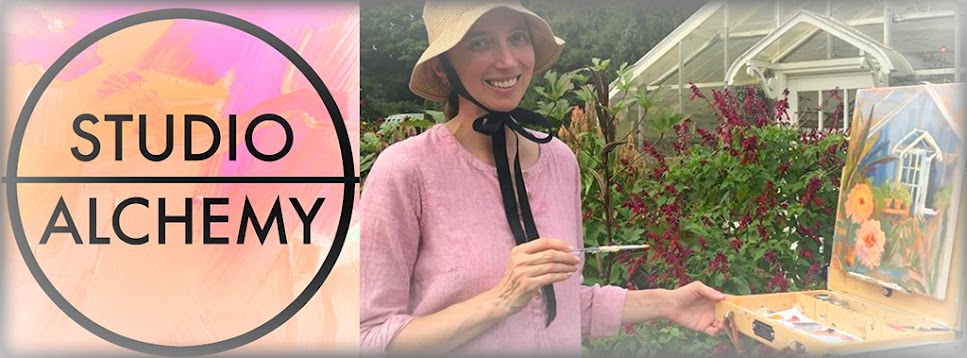With my upcoming "Kamishibai Storytelling" shows this summer I have been getting a lot of questions like "What the heck is Kamishibai anyway?!"
Kamishibai is a traditional Japanese form of storytelling. The performer has illustration cards that are held in a box theater often shaped like this...

In the past Kamishibai performers always worked in the streets porting their theater on the back of a bicycle or cart.

The style of art later morphed into what is now manga comics.
Kamishibai is a traditional Japanese form of storytelling. The performer has illustration cards that are held in a box theater often shaped like this...

In the past Kamishibai performers always worked in the streets porting their theater on the back of a bicycle or cart.

The style of art later morphed into what is now manga comics.
Yes, those manga books the teens love like popular Pokemon!

The history of Kamishibai is fascinating. It dates back to the 12th century. During the Heian period Buddhist monks used it to share morality stories. After the WWII bombings storytellers used Kamishibai to process the horrors of the atomic bomb like in this illustration from "Children of the Bomb"....

I highly recommend reading Caldecott winner "The Kamishibai Man" by Allen Say

and "Manga Kamishibai: The Art of Japanese Paper Theater"

to get a better understanding of this historic art form.
For this performance I will be using a mixture of my own illustrations and historic copies of Kamishibai stories. All of the tales are from the folklore of Japan and feature "heroes" (to fit the 2015 Collaborative Summer Reading Library Program theme of "Every Hero Has a Story.")
Book a show or illustration workshop with me now for Summer 2015! June is filling up fast...
Email: fantasticfables@gmail.com

The history of Kamishibai is fascinating. It dates back to the 12th century. During the Heian period Buddhist monks used it to share morality stories. After the WWII bombings storytellers used Kamishibai to process the horrors of the atomic bomb like in this illustration from "Children of the Bomb"....

I highly recommend reading Caldecott winner "The Kamishibai Man" by Allen Say

and "Manga Kamishibai: The Art of Japanese Paper Theater"

to get a better understanding of this historic art form.
For this performance I will be using a mixture of my own illustrations and historic copies of Kamishibai stories. All of the tales are from the folklore of Japan and feature "heroes" (to fit the 2015 Collaborative Summer Reading Library Program theme of "Every Hero Has a Story.")
Book a show or illustration workshop with me now for Summer 2015! June is filling up fast...
Email: fantasticfables@gmail.com






